Housewraps have come a long ways since the days when houses were lapped with 15lb asphalt felt paper. With today’s emphasis on energy efficiency and moisture management there are a number of different housewraps and other types water resistant barriers (WRB) on the market. These new housewraps and WRB’s are utilizing the latest building science practices and technology to produce a superior barrier on homes. In a coastal environment like ours, selecting the best housewrap to withstand the wind and rain will result in protecting your home for many years to come.
Housewraps should be viewed as the second layer of defense for your home while serving three main functions. They act as an air barrier to prevent air infiltration, making the house more air-tight, they create a secondary weather barrier behind siding or other cladding preventing wind driven rain from reaching the exterior sheathing, and finally providing a vapor-permeable barrier that still allows moisture from inside the framing and insulation to escape. Achieving all three functions is where the building science comes into play. Without understanding the science behind vapor diffusion in building walls one would come to the conclusion that wrapping a house in a membrane like ice and water shield would result in the best protection. While this method would offer great protection from the rain, it would prevent the movement of water vapor from within, which would result in moisture collecting within the wall cavity leading to rot and mold. Similar to a Gore-Tex jacket, housewraps are designed today to keep water out while allowing water vapor to pass through the building envelope. Permeance ratings or perms is the measurement of a housewrap’s ability to transfer water vapor.
Typar Housewrap for a Vinyl Sided Home
The type of siding or cladding being installed often dictates the ideal housewrap for each home. Vinyl siding is loose nailed to sheathing and has built-in holes for drainage so it’s less challenging than other claddings. For this application we prefer to use Typar house wrap. From our experience, it tends to hold up better than the Tyvek brand when exposed to coastal winds during construction. In communities like Showfield where fiber cement siding (Hardie, Allura) is required we always recommend using a housewrap that includes a built-in rain drain screen also known as drain wrap. Fiber cement siding has a tendency to trap in water when it gets behind the siding and because it’s tightly nailed to the exterior sheathing, water tends to get trapped and not dry out quickly. Although not yet required by code, it is highly recommended that fiber cement sidings utilize some type of rain-screen behind the siding. For this application, we prefer to use Benjamin Obdyke’s HydroGap drainable housewrap which has patented 1mm spacers that provide a continuous drainage gap behind the fiber cement siding. This small gap allows water or moisture behind the cement siding to escape by creating a small air and drainage space. http://www.hydrogap.com/
Hydrogap is Canalfront Builder’s Preferred Housewrap Under Cement Siding
Over the past few years other solutions including liquid applied membranes and self adhering housewraps have been introduced into the market. We recently used Henry’s Blue Skin 100 which is a self adhering house wrap for a home near the ocean. By adhering to the home’s sheathing it helps eliminate air and water gaps for a superior barrier. Since it also eliminates the need for staples or fasteners which can create leaky spots for air and water, this method improves the air tightness of a house which increases energy efficiency. Since Blue Skin is self-sealing, it eliminates the need for seam tape, which is often a troublesome detail to get right on conventional house wrap. In applications including wood cedar shingles, we also use a cedar breather over the housewrap, thereby providing a continuous air space for rain saturated cedar to dry evenly. https://us.henry.com/air-barrier-systems/residential-water-resistive-air-barriers-and-accessories/residential-water-resistive-air-barriers/blueskinvp100
Blueskin Housewrap for a Cedar Sided Home
In summary there are a number of products available at different price points for each type of siding or cladding installation. In our coastal environment it makes sense to pay a little more to get the right product for your application. As much as the product selection is important, in the end, the quality of installation will have a larger impact on how housewrap performs over time. We’ll save that topic for another time.




